Five months ago in a newspaper op-ed I raised the question of how Broome County might respond to candidate Trump’s call to deport millions. Today the questions are different: Will Broome County deputies act as ICE agents? Will the Broome County Jail operate as an ICE detention center? All signs indicate that the answers today are yes.
It’s all part of putting into practice Trump’s desires. On January 20, 2025 Trump issued an Executive Order on Protecting the American People Against Invasion, declaring war on migrants, refuges, and asylees. Immigration and Customs Enforcement (ICE) was tasked to fulfill his promise to deport millions. After a series of media spectacles the numbers being deported are, however, well below levels achieved during the first administrations of both Trump and Obama. Not even a million at currents rates is in sight.
The use of local law enforcement officers has quickly and quietly become critical. ICE has only 5,500 officers nationwide while in NY State alone there are over 55,000 local police and county officers. If there is any chance of Trump deporting one or more millions, it will require the use of local law enforcement. Including ours in Binghamton and Broome County.
And here enters ICE’s 287(g) project.

ICE’s recently revamped 287(g) program ties local law enforcement to ICE in three possible ways: a jail model to report possible detainees to ICE, a task force model to work with ICE on a limited basis, and a warrant service program to train and certify local correctional officers to act as ICE agents.
This past week local media reported that the Broome County Sheriff has joined two other NY counties in signing a 287(g) agreement, in this case with as a Warrant Service partner (see reports on WIVT/ABC, WBNG/CBS, Press&Sun Bulletin).
![]()
ICE 287(g) Participating Agencies
All the media postings described minimal commitment to ICE, with the Sheriff stressing new work was restricted to the jail only. His correctional officers would now simply serve ICE warrants on incarcerated persons directly he said, rather than as in the past notify ICE to do so (see WIVT/ABC report).
This is at best disingenuous.
 Ask the obvious question: if jail officers are simply serving a warrant, why are eight to ten needed? Why send them off for training and issue them ICE credentials to be carried at all times? And what does the loss of eight to ten officers—ICE does not cover their salaries—do to the staffing of the jail and the county budget? Do we hire more officers?
Ask the obvious question: if jail officers are simply serving a warrant, why are eight to ten needed? Why send them off for training and issue them ICE credentials to be carried at all times? And what does the loss of eight to ten officers—ICE does not cover their salaries—do to the staffing of the jail and the county budget? Do we hire more officers?
Take a look at the details of ICE’s Memorandum of Agreement for the Warrant Service Office Program and many more questions arise.
- Should the county be handing over the supervision of its officers to ICE as required (“Immigration enforcement activities conducted by participating LEA [local law enforcement agency] personnel will be supervised and directed by ICE”)?
- Who ensures that the Sheriff’s deputies follow mandated “DHS and ICE policies and procedures” (and what are these?)?
- Are ICE supervising officers now stationed locally, in the Sheriff’s offices?
- What is the new chain of command?
- Who hires and pays for new expenses in addition to officers’ worktime for ICE, e.g. required interpreters? (“Qualified foreign language interpreters will be provided by the LEA” (note that none are available in the jail))
- And is anyone comfortable with the requirement that the county will give ICE unhindered “access to appropriate databases, personnel, individuals in custody and documents”?
There is of course no oversight of the jail in any of these areas. The County Executive and legislators haven’t said a word. It isn’t clear they were informed or signed off on the commitment to ICE.
Follow the Money?
And who wins and loses not just politically but financially from these arrangements? Here is a clue: as several news reports tell us, the Sheriff ‘anticipates renting out beds in the jail to ICE’. This is in fact a longstanding practice: the 2025 Broome County budget reports $1 million in revenue (2023) from incarcerating on average 25 persons daily for Federal government agencies including ICE. Does this make sense? It now costs over $100,000 per year to keep one person in the jail while the Federal government pays only $40,000 ($1,000,000 divided by 25 = $ 40,000 per person).
Is the intention to increase these numbers driven by ICE’s need for detention spaces? We don’t know. Designed to hold 600 persons, the jail now regularly has around 300 local persons on any given day. If ICE arrests and detentions aided by local officers escalate, what will happen to jail staff workloads, morale, the health and safety of staff and the incarcerated? And the county budget? No approvals appear for new commitments to ICE on the list of county legislative resolutions for the past several months.
Disappearing People?
A hallmark of a movement toward an authoritarian regime is the use of state power to arrest and disappear persons. And now this is happening in the United States—and Broome County. Persons detained under Federal auspices and held in the Broome County jail simply disappear from sight. They are not reported or able to be located on the Sheriff’s App roster, the Federal Bureau of Prisons locator, the ICE locator, or the national VINE search sites. Take the case of an undocumented worker arrested far outside the county, and sent here by Federal authorities on charges for illegal entry only. He’s held for almost a year in our jail, where he is officially invisible, unseen and unheard, locked out of sight to family and friends and allies even after being sentenced.
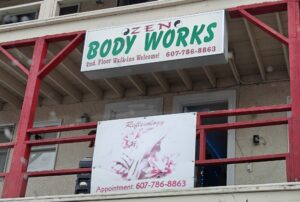
And others more recently captured in Federal/ICE raids? This past month local media reported that a local massage parlor was raided by a joint task force of the FBI and State Police. Attempts by WBNG/CBS and WIVT/ABC to cover the story were rebuffed, no comment was the response from the FBI. I witnessed part of the raid, involving over dozen marked and unmarked police vehicles and officers—including people wearing HSI/homeland security vests. Who was detained? Sex workers (undocumented?) or sex traffickers? We don’t know, they have been disappeared. Reports from persons in the county jail suggest five Asian woman were kept there for a day and then moved on by ICE. True? Other unconfirmed reports speak of Asian men held briefly in the jail. How would we know? Who in the county or state government knows? Will they too be sued?
What’s next?

In his statements to the press the Sheriff holds open the prospect of expanding his work ‘in the near future’ by assigning deputies to conduct ICE investigations and detentions outside the jail, on the streets and roads of the county. Given his longstanding support and friendship with Trump, this is likely.
For the county this threatens not just a legal and moral morass but potentially a financial one. The County Budget Director and County legislators already fear Musk’s efforts will lead to the loss of an estimated $142 million in federal funding, not including Medicare, Medicaid, SNAP. Perhaps they are holding out the hope that some of this threatening fiscal cliff can be offset by at least a few millions of the $175 billion to be devoted to ICE?
A more likely prospect is diverting to the jail the results of increasing hunger and homelessness across the county, initiated by severe cuts to federal support of central NY food pantries. Under these conditions a return to the past looms and the jail—already the largest substance use and mental health treatment center in the county—can easily become, as in the past, the county poor house.
Hold on to your hats–and watch for the impact on our streets and roads and in our homes.

Broome County Alms House 1876
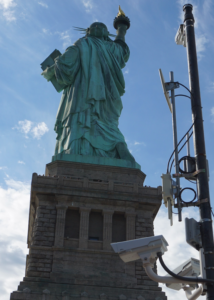
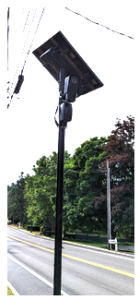

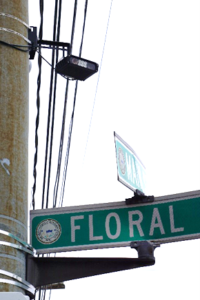
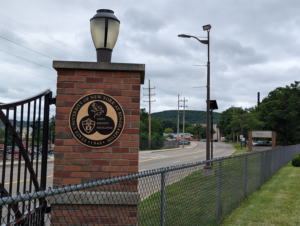
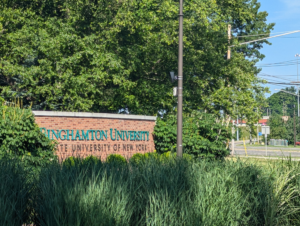
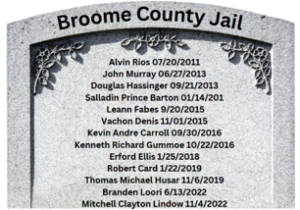 yet another report of an unnecessary death in the BC jail due to medical maltreatment, in a story laying out the malfeasance of the jail’s private medical provider that pursues profit at the cost of death. This time
yet another report of an unnecessary death in the BC jail due to medical maltreatment, in a story laying out the malfeasance of the jail’s private medical provider that pursues profit at the cost of death. This time 


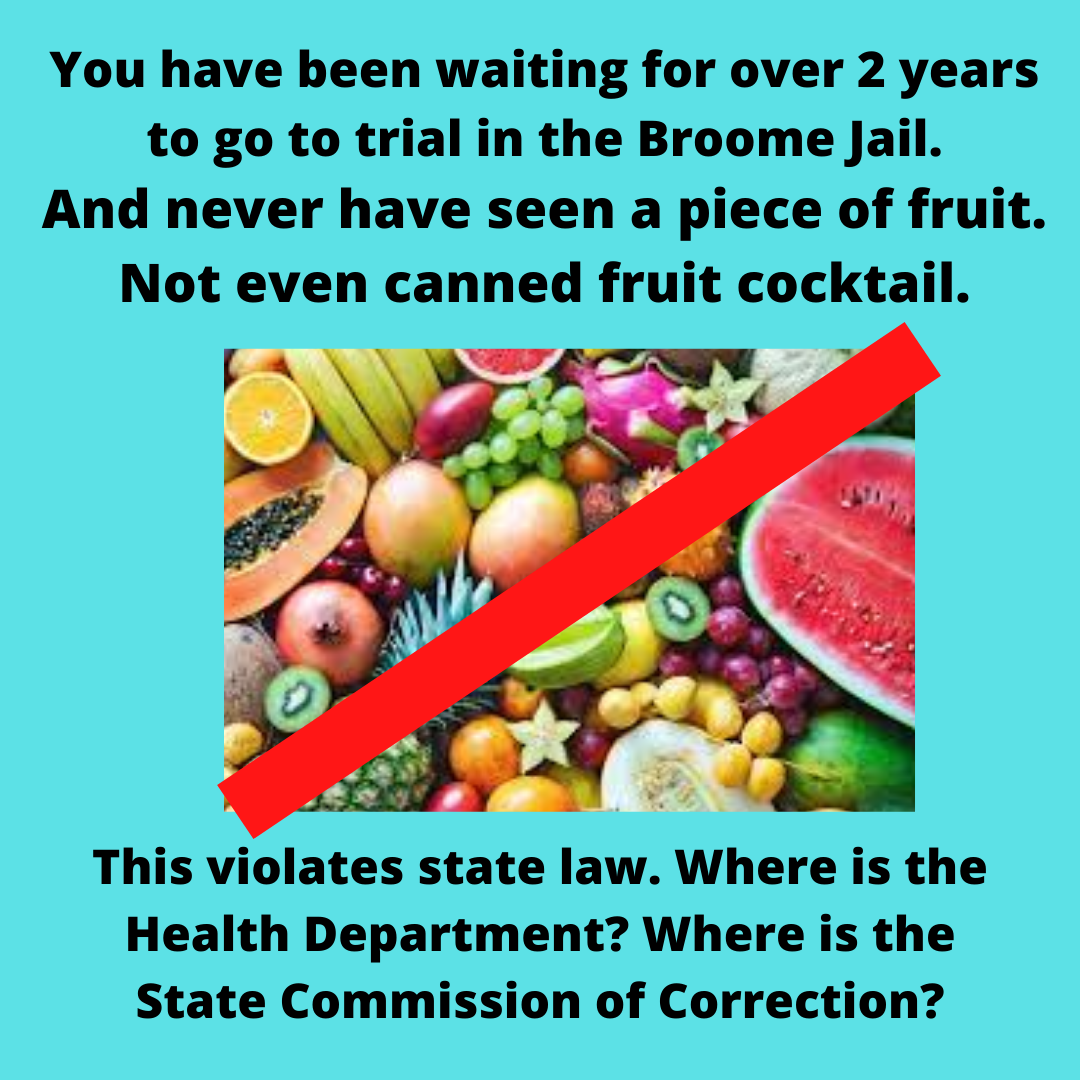

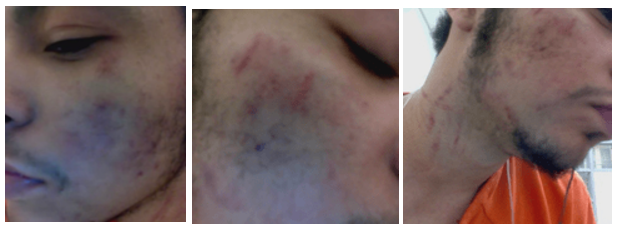


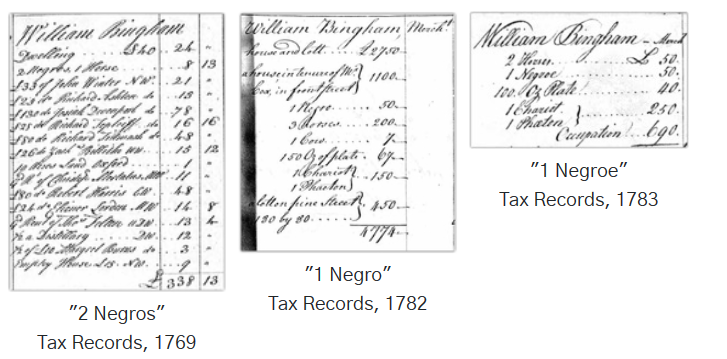


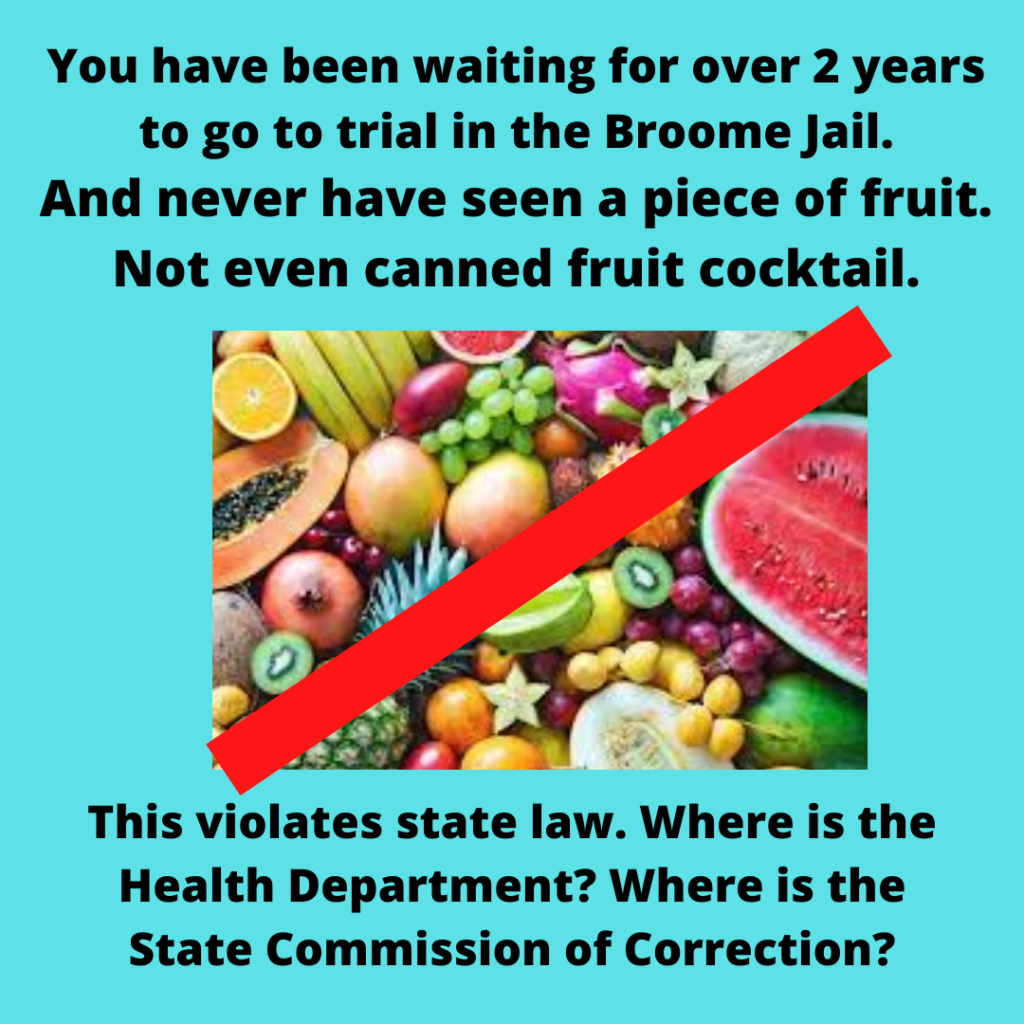

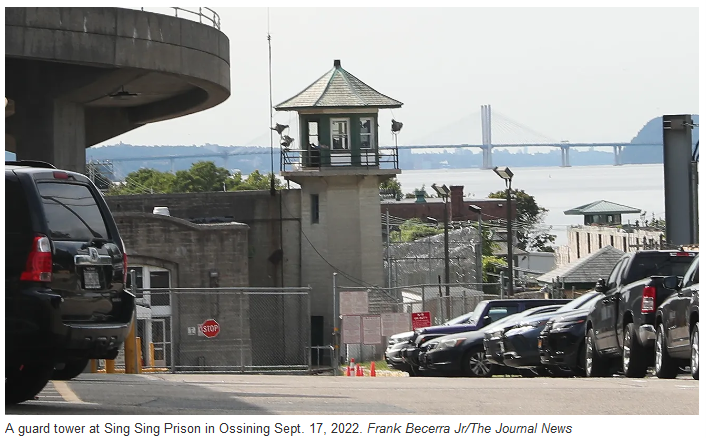

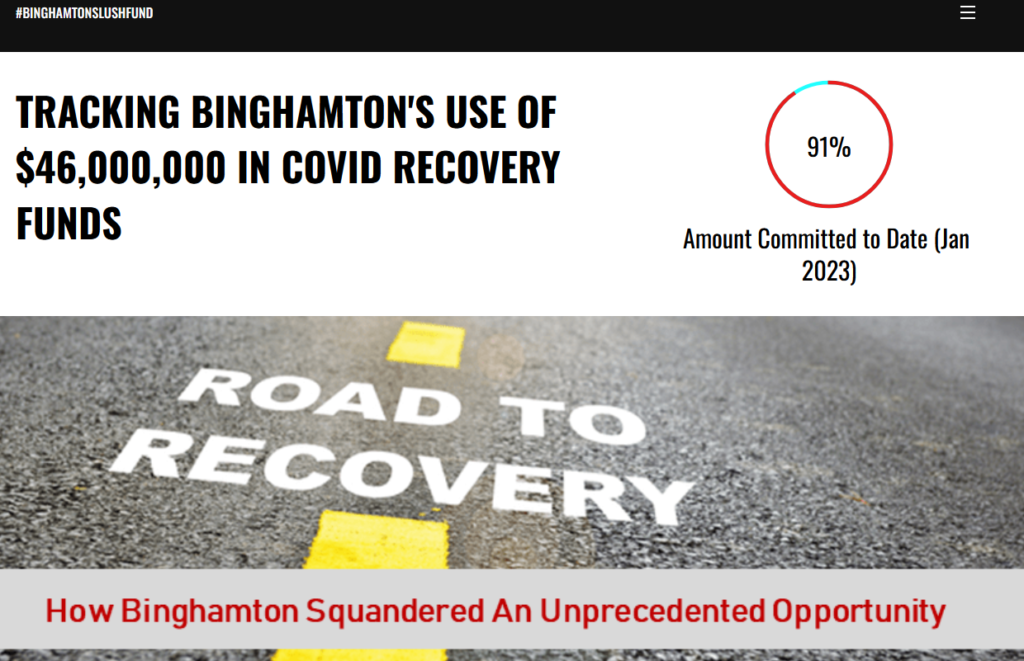


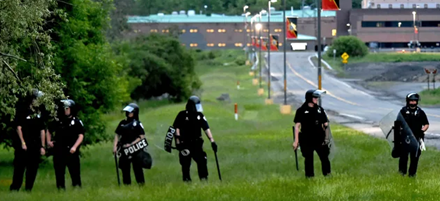

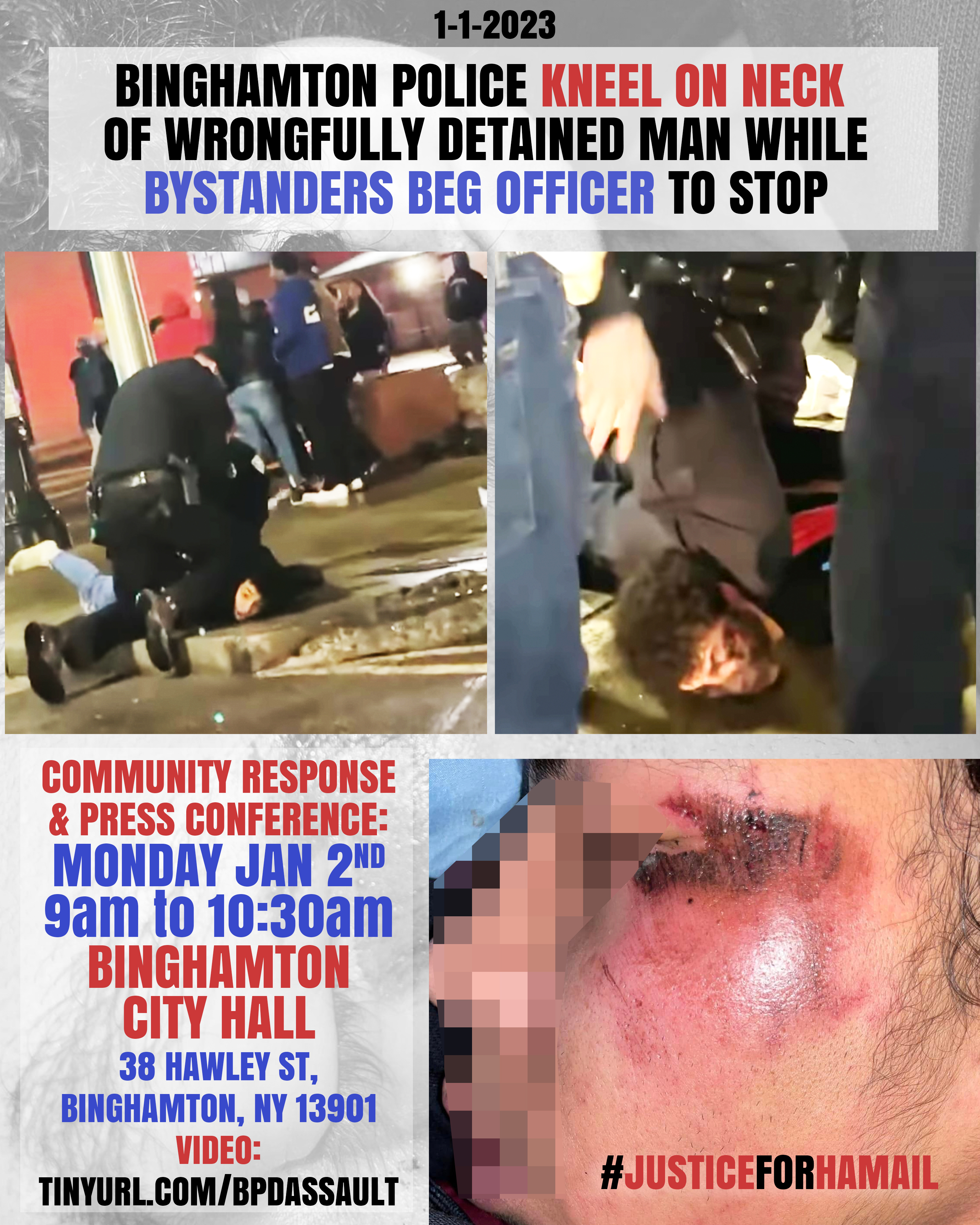
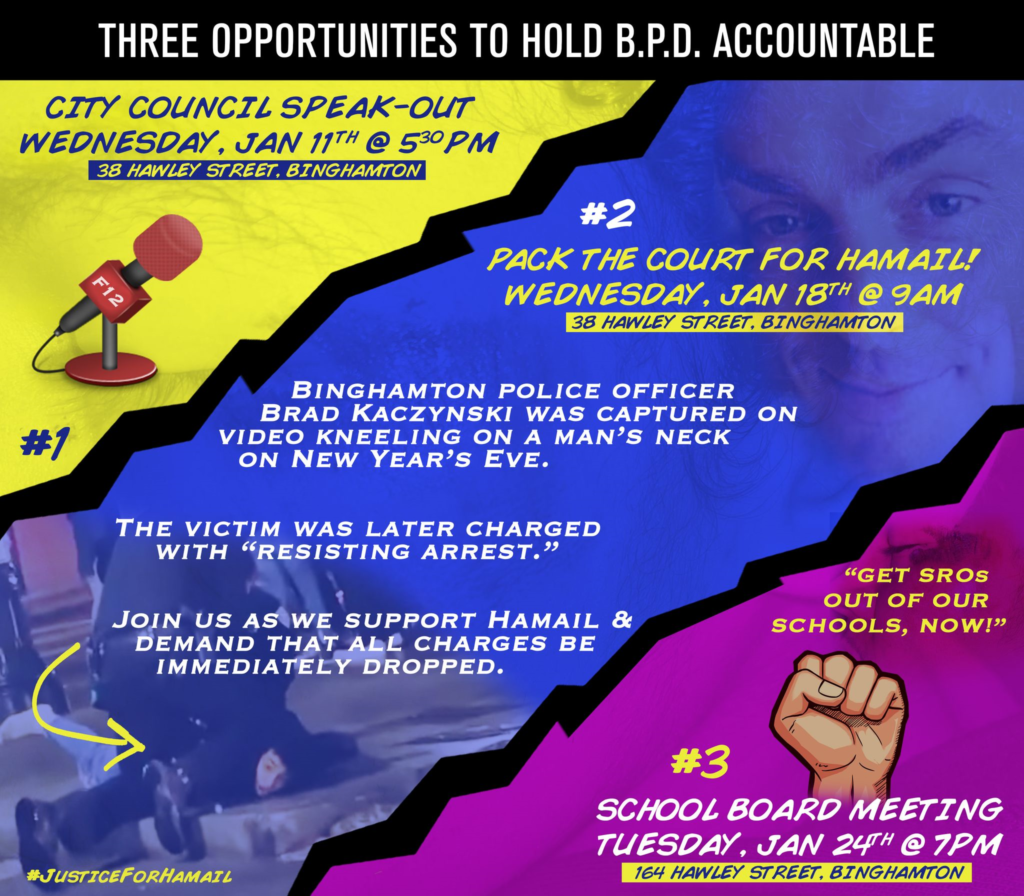


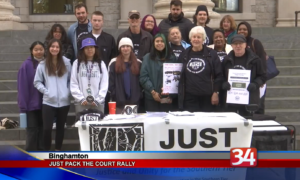
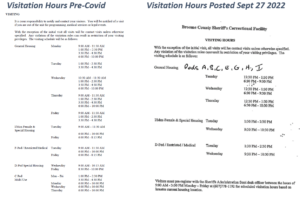
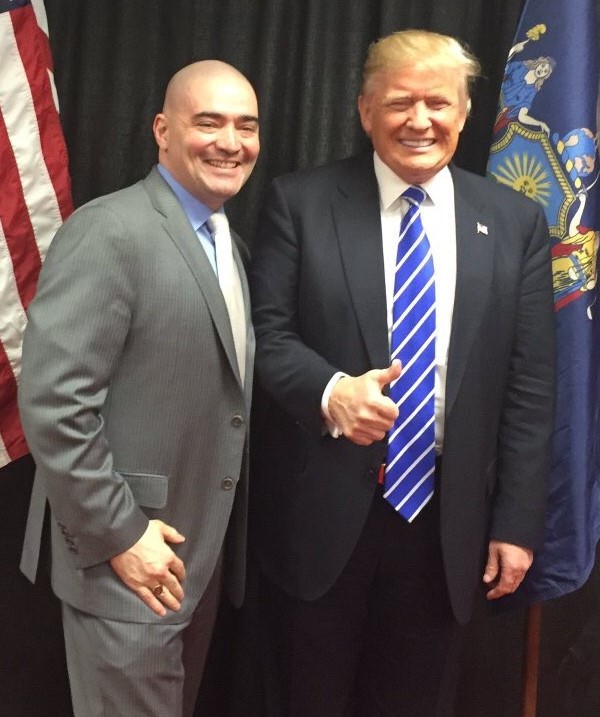


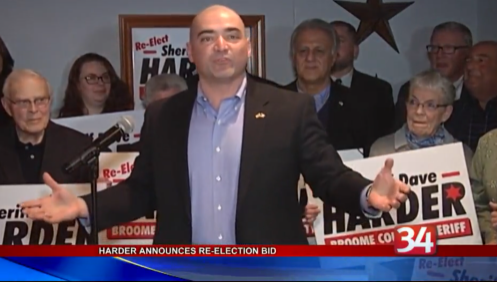

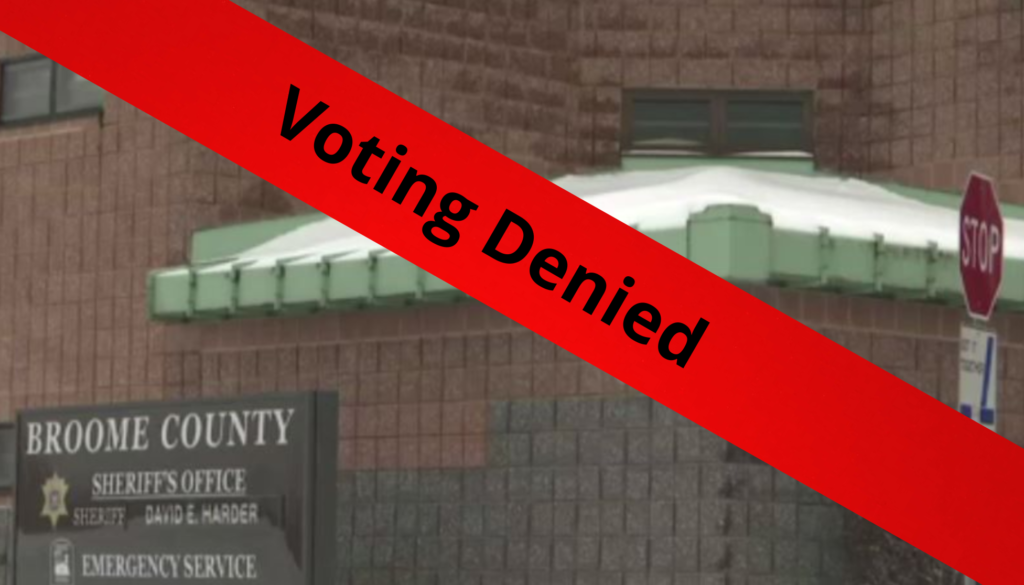






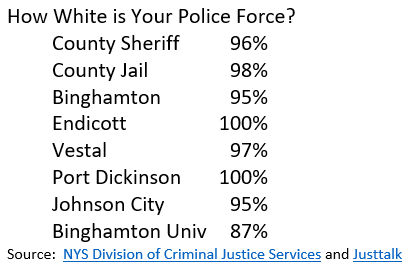








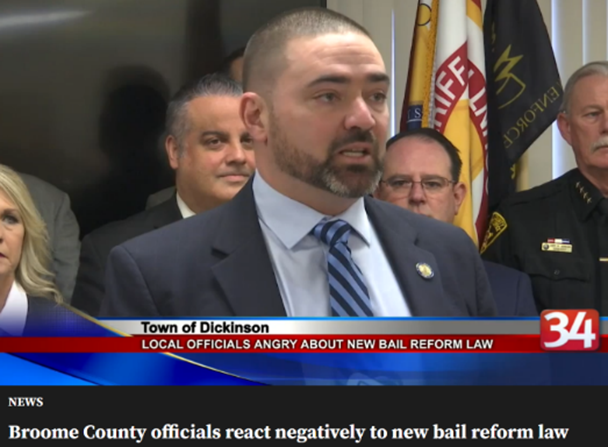
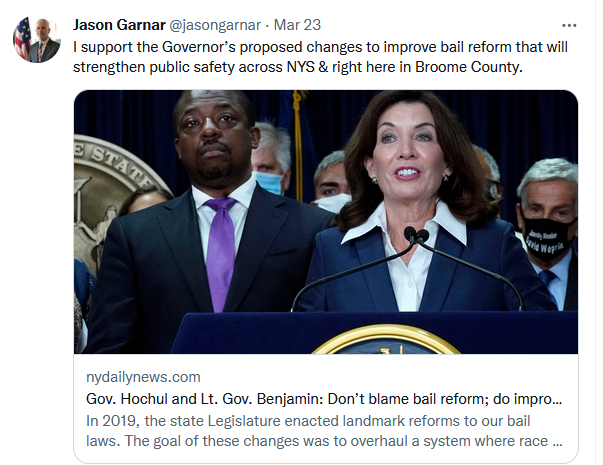
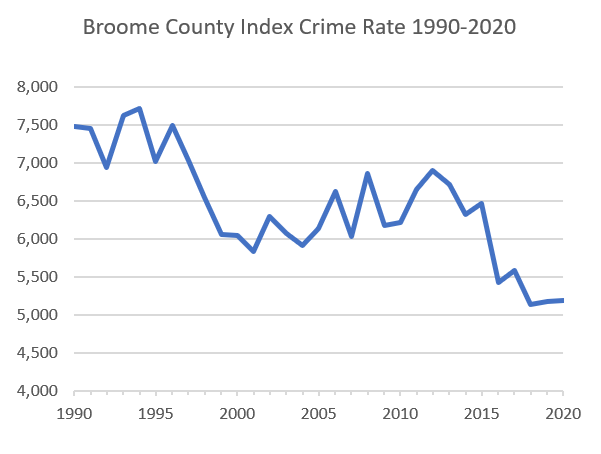

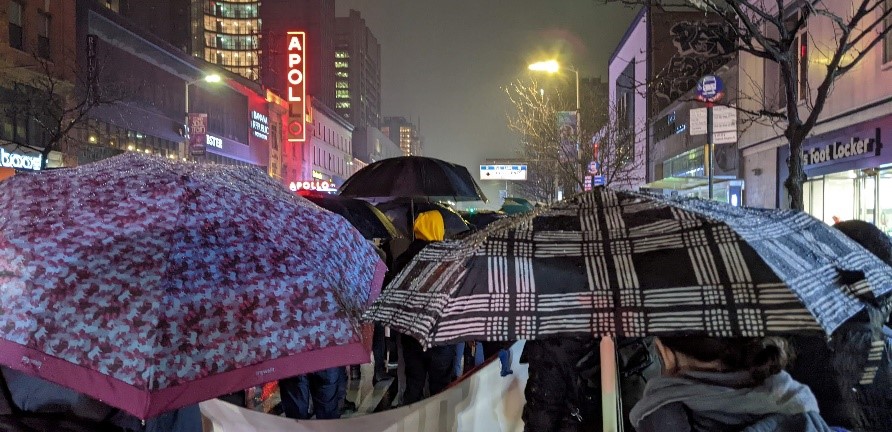
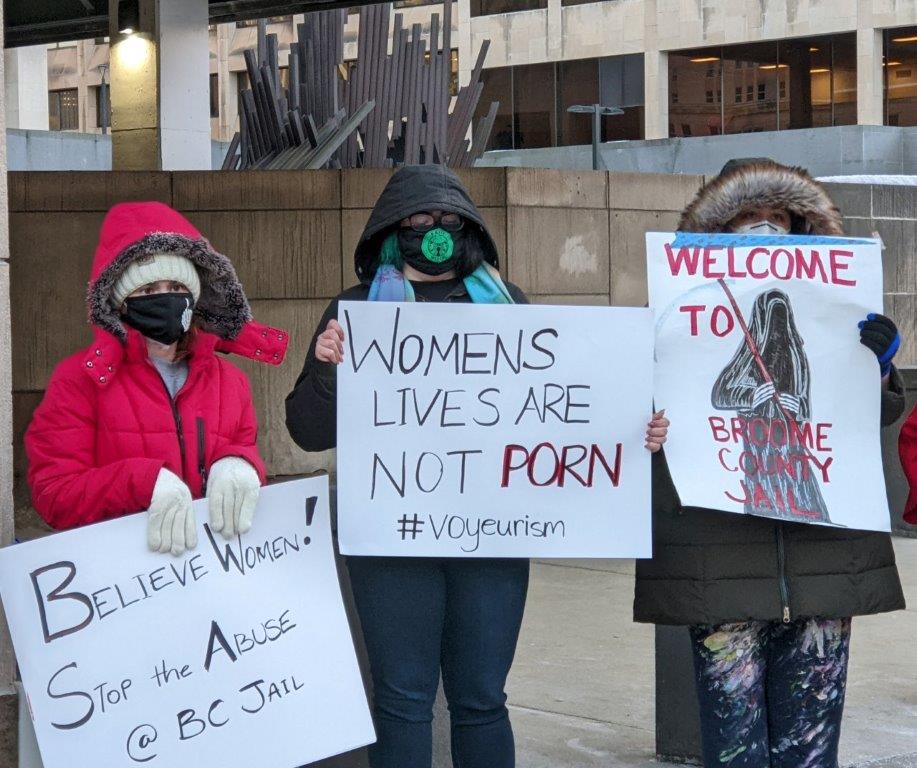
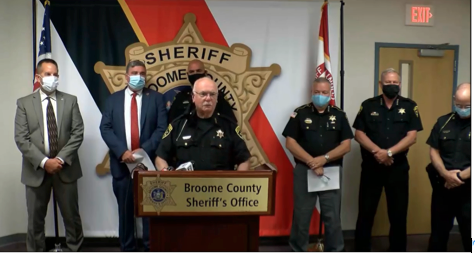


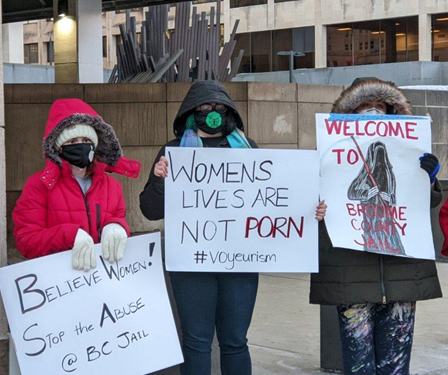
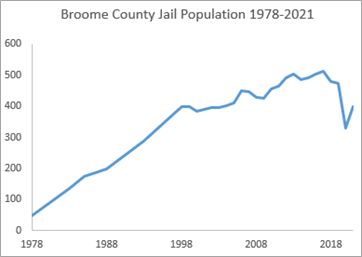

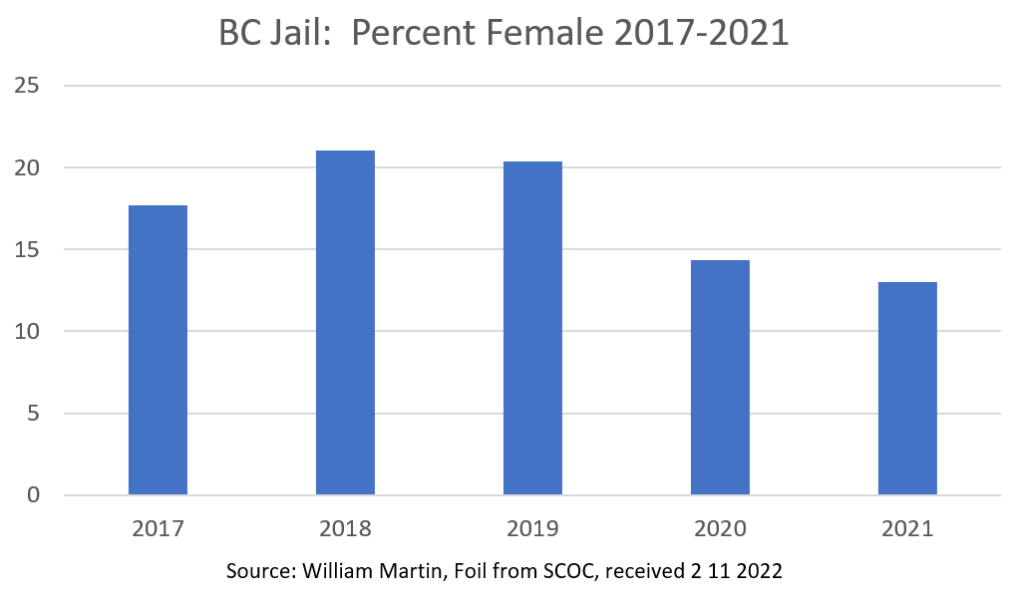
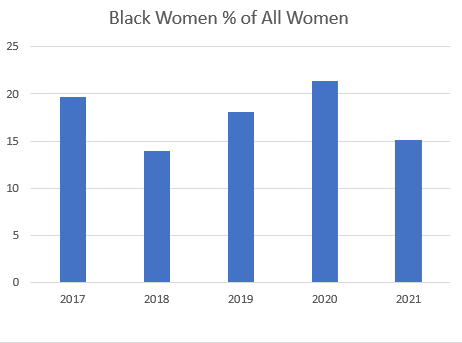
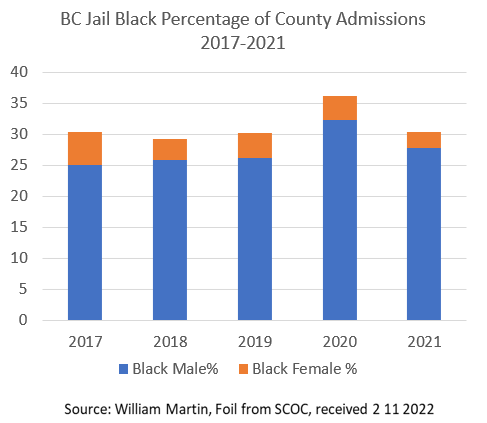


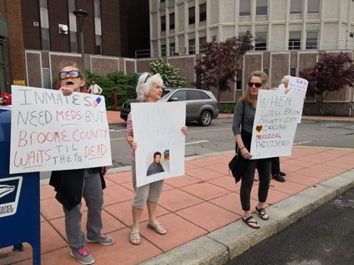
Recent Comments